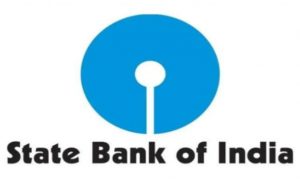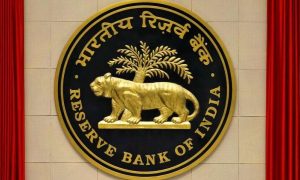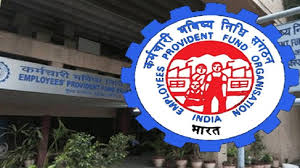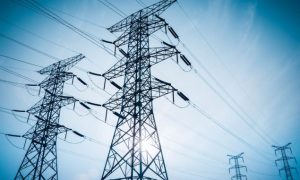Home loan borrowers will have to shell out more in their equated monthly installments (EMIs) as Reserve Bank of India’s (RBI) Monetary Policy Committee (MPC) hiked the repo rate — the key interest rate at which the central bank lends money to banks — in its latest policy meeting decision. With this rise and four previous increases, the overall lending rates have surged by 225 basis points.
For banks, the lending rates are directly linked to this repo rate. Lately, they have passed on the entire rate hike to customers, amid a rise in borrowing costs.
So, is there a way out that can help borrowers in saving some money?
Read More: IRDAI proposes 3 years insurance cover for cars, 5 years for two-wheelers
Homebuyers will now have to rework their strategies to lessen the burden of higher interest outgo on their loans. As far as loan tenure increase is concerned, there is no room for further increase. The loan tenor beyond the 13 years is already done to date, due to 190 bps previous increases.
Also, if borrowers choose the longer tenure now, then the interest will be much higher. Hence, borrowers should go for these options:
EMI increase option
According to Naveen Kukreja – CEO & Co-founder at Paisabazaar, existing home loan borrowers should opt for the EMI increase option, with the consent of their lenders, as and when their interest rates are increased.
“Opting for the EMI increase option would result in lower interest costs than the tenure increase option,” he said.
Borrowers can also increase the EMI amount by 5 per cent every year to reduce the interest repayment burden. They can align this increase with the increase in salary or on receiving any other annual bonus.
Additionally, they can pay one more EMI (than the usual number of EMIs) every year. On combining the two, i.e. paying one additional EMI every year, along with increasing the EMI amount by 5 per cent every year; the interest burden will reduce significantly.
Read More: Invest Rs 2 every day in THIS scheme and get an annual pension of Rs 36,000; check details
Pre-payment
Experts concur that in an ascending interest rate environment, it is always better to prepay home loans or housing loans as it is a great way to close the debt faster, save money on interest outgo, and reduce EMIs. However, this should be based on a cost-benefit analysis.
If the prepayment isn’t going to save a lot of interest, such as when borrowers make the pre-payment later in the tenor of the loan, then they may want to consider the opportunity cost of making a pre-payment vs. putting the funds in an investment that provides higher returns than the savings from pre-paying the loan.
Transfer the loan to another lender and choose the overdraft option
Existing home loan borrowers having sizeable residual tenure can also transfer their existing home loan to another lender at lower interest and then opt for the home loan saver/overdraft option.
Under the overdraft option, a savings or current account is opened for the home loan borrower to deposit his/her surpluses and is linked to the home loan account. The interest cost of the home loan is calculated after deducting the balance maintained in the savings/current account from the outstanding loan amount. This can lower the interest cost for the borrower. He/she is free to withdraw from the savings/current account as and when any fund requirement arises.





































